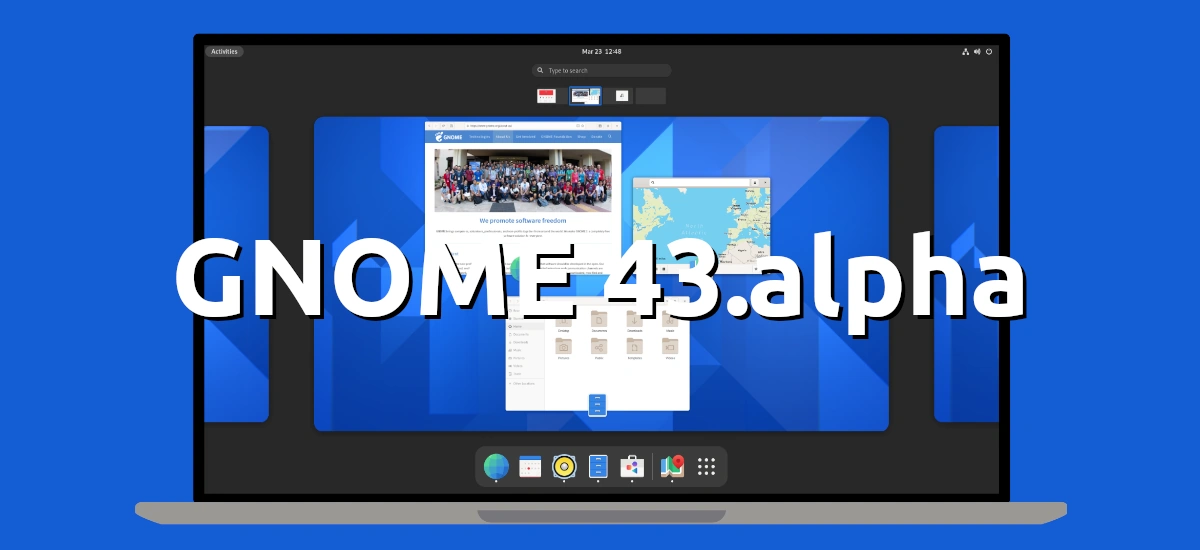
We are already in the third third of July, and there is expected to be a new version in September, so it was about time. Project GNOME launched a few hours ago GNOME 43.alpha, which is the first preliminary version of the desktop that will be used by operating systems such as Ubuntu 22.10 Kinetic Kudu or Fedora 37. We already knew some of its new features, but now all these changes are semi-official and many more have been released.
For example, we knew that your browser, GNOME Web or Epiphany, I would support extensions, which is a very important step forward for a browser that could be used much more as of this September. We were also introduced to a adaptive nautilus, or a new API for developers to have more control over app colors. Here you have a list with news that should arrive together with the stable version and that they have already done so in GNOME 43.alpha.
Some news from GNOME 43.alpha
- Improvements in GNOME Web, such as that it will support extensions.
- Nautilus will have an adaptive design.
- New API to recolor, with which developers can change the colors of their applications and have automatic updates of dependent colors. They will also be able to create presets that can be used, for example, to recolor a window based on the view's color scheme.
- Option to change the accent color, something that will not come as something new to Ubuntu 22.04 users because Canonical included it this April.
- New image viewer called Loupe, which will be responsive.
- Annotations in the screenshot tool.
- The tool for analyzing disk usage has been rewritten from Vala to Rust, and will have a new design.
- The calling app continues to improve the design, among other things.
- GNOME Web supports extensions, has improved download management, has improved reading mode and support for web applications, among others.
- Boxes (GNOME Boxes) now respects the color scheme, and has changed its development branch to "main".
- Boulder has switched to using GTK4.
- Calendar has added a sidebar to the main window and events are better viewed, among other interface improvements.
- The Settings app or Control Center has added a “Device Security” panel.
- Music has brought back support for random play.
- Foursquare, Facebook and Flickr are no longer available for online accounts.
- Software has improved notifications, interface and support for web applications, among others.
- Text editor now uses libadwaita dialogs, supports opening local and remote STDIN streams, and text correction has been improved.
- The Weather app has polished its widget.
- Lots of news in/from libadwaita.
- Sysprof now uses GTK4.
- Many improvements to GNOME Shell and Mutter.
GNOME 43.alpha arrived in Spain yesterday afternoon, so its code can now be downloaded. Bearing in mind that its installation is not the simplest and that this is a preliminary version, it is recommended to have a little more patience. The stable version coming in september, and users of Rolling Release distributions will receive it very soon. As for other distributions, the most popular and the ones that will adopt it soonest will be Ubuntu and Fedora, and they will do so about a month later. For those who want to try it without running any risk, GNOME OS for virtual machines is available at this link.